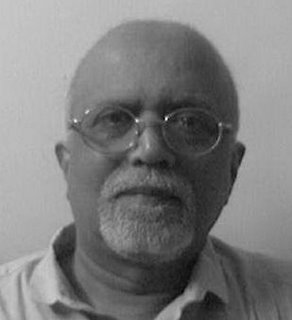DIGITAL SHOOTING TECHNIQUES
DIGITAL SHOOTING TECHNIQUES
In this chapter ,we are going to discuss few important techniques of digital shooting.
I am sure you must be aware of different modes offered by digital
cameras,like night shots,party scenes,portraits,fireworks,etc. etc.These things
definitely helps the creativity of photography. But we are going to discuss other
features which you may not be familier.
DIFFERENT MODES AND THEIR APPLICATIONS
1) Contrast,Tone, and Colour saturation
Typical settings for these are as follows
* Sepia - For monochrome scenes ,with sepia effect,that works well for old
Photos
*Vivid- Renders bold ,highly saturated colours.This setting may cause loss of
detail,but using image editing software,colour saturation could be
increased if requires.
*Neutral- Where strong colours are not required as suitable for portraits.
This is useful when soft and less intensive colours are desired
*Monochrome-For getting black and white images.
2) White Balance
One might think that all types of whites are same like sunlight,fluorescent
light,incandescent light.But actually incandescent lights are redder,flurescent
light are greener.White balance is used to preserve natural colours under
different types of lighting.The white balance control offers most of the
following settings.
· Cloudy daylight – under these conditions,excessive blue tones are recorded.
This setting balances white light.
· Tunsten - Under incandescent lights,photos appears very reddish.This
setting balances white light and renders indoor settings in a
natural manner.
· Sunny daylight—or say daylight.this setting balances the white light under
normal outdoor conditions.
· Fluorescent- under these lights ,photos appears to be greenish.Digital camera
fluorescent settings reduce the amount of green light.
· Auto—AutomaticWhite balance setting of digital cameras tries to place the
lightest tone as white.Please note here that this setting is useful for
common shooting.But sometimes it can be fooled in cases, where
true white tones doesn’t exist in the scene.
One has to make experiment with white balance control to record pictures that
look more normal under different lighting conditions.
3) I S O- short for International Organization for Stadardization. It means the
the sensivity of digital camera’s sensor to light.One can control this
setting in camera within range of 100 to 800 range. A higher setting
for taking sharper pictures in low light or in action photography.
For most situations iso of 200 is adequate.
4) Histogram – By studying the histogram or graph,one can determine whether
photo is properly exposed or to reshoot. Properly exposed photo has
the largest number of pixels towards the center of the histogram.
Underexposed photos has too many pixels at the dark end,whereas
Overexposed photo has too many pixels at light end.
5) Sharpening – For additional sharpness to photos or for softened effect,this
control is very useful. But this should be used with care,
otherwise excessive sharpening gives lead to low contrast
to the part of the picture or halos around objects.Low
sharpening can be used to smooth the wrinkles on person’s
face. It stimulates the portrait.
Another unique feature of digital camera is digital zoom.Unlike optical
zoom.which magnifies an image,digital zoom crops the picture area,enlarging
the central portion of the image.It results in a loss of image quality.Therefore it
should be avoided if possible.
Now let us discuss some of the creative setting which we may come across in the
photography.
SUNSET
All of us want to shoot sunset,whenever we come across. Unfortunately many
Sunset pictures comes out without SUN or sunlight in the picture.
Following are handy tips to shoot ouy ‘SUN’ sational sunset photos.
· First find a location which gives unobstructed view
· Set the camera on tripod or put the camera on any flat surface.But tripod is
preferable.
· Meter the sky near the sun.
· Slight underexposure lead to rich colours.
· Take shots with different white balance settings.Avoid aotosetting of the
camera ,which gives area close to the sun white.Use cloudy daylight setting
definitely gives vivid colour.
· Try the sunrise.Whatever we have discussed about sunset,equally holds good
for sunrise.(But for this one has to get up early in the morning) Let me
confide with you ,very few people will able to tell you from your photos
whether it is sunrise or sunset !
High key and Low key situations
Sometimes the scenes are lighter or darker than the average.For example
if we take high key scene of ice buildup,without compensating for exposure
we will receive the image like grey,underexposed ice,that does not look like
real ice.Here we have to increase the exposure 1 to 1 ½ stops then we will get
the result the same as we see ice in reality.
For this matter we can use histogram,as discussed earlier.On a high key
scene ,the histogram should appear skewed to the right and on a low key
scene it appears to be skewed to the left.
Friends,keep practicing and practicing.(because in Digital Camera you can
delete the unwanted shots at any time)and definitely you will come up with
beautiful stunning pictures beyond your own expectation.
We will meet again for more discussion.
Till then,
Digitaly Yours,
Ar. Rasik Vijayakar

